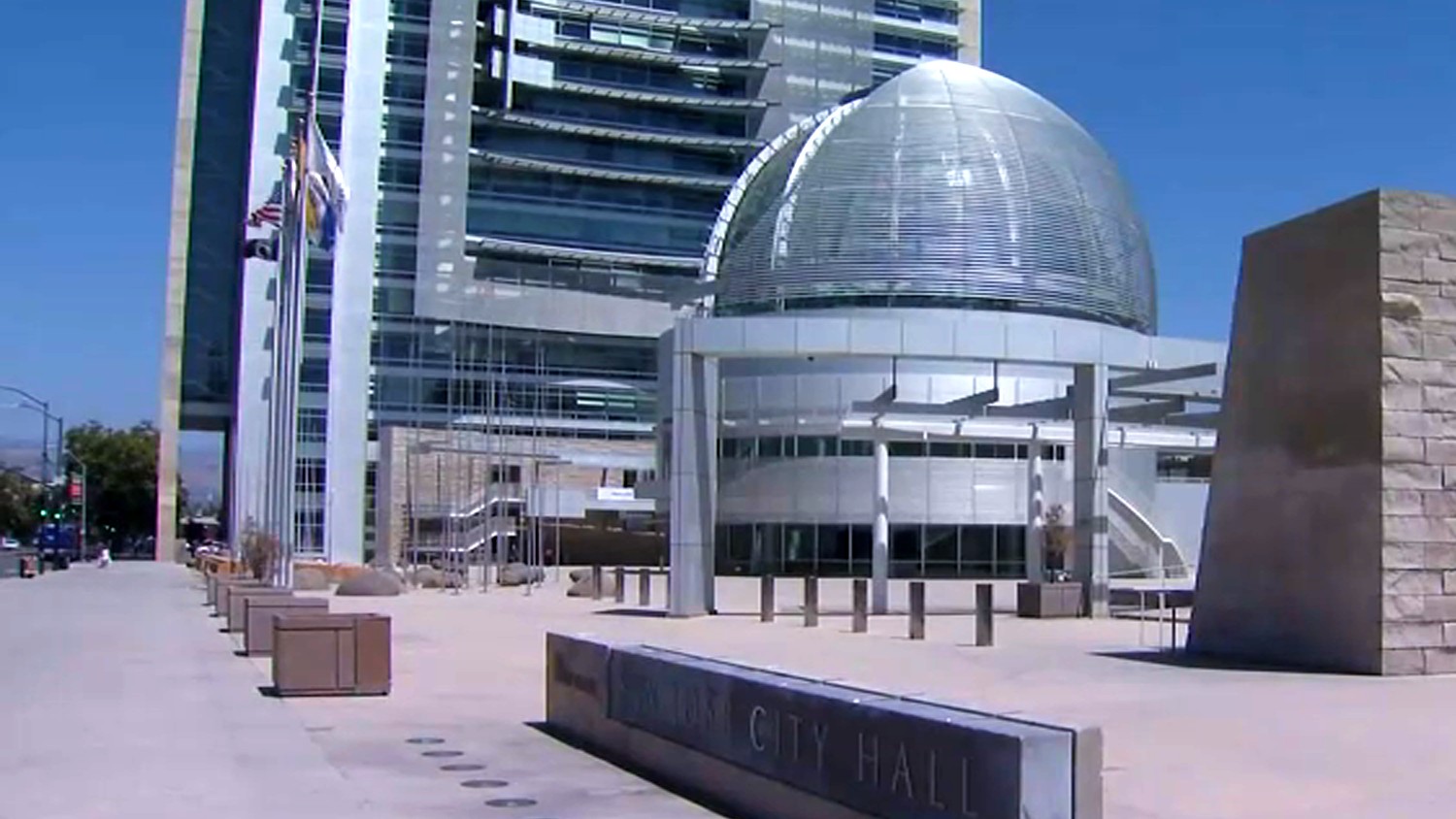A five year survey released by the California Department of Water Resources reveals half of the levees that guard California cities from a major flood don’t meet modern standards, and if a levee were to break in the wrong place, it could cut off the drinking water supply to the Bay Area for months or even years.
The report also indicates 60 percent of the levees that protect the state’s rural areas from flooding — roughly 1,230 miles in all — are at high risk of failure from seepage, boils, structural instability, erosion and even rodents; that includes the levees that protect the drinking water aqueducts for the Bay Area and Southern California.
Much of the state’s 13,000 miles of levees were built in the 1800s to protect farmland in the Sacramento and San Joaquin valleys from potential flood.
“The levees are old,” said Michael Mierzwa, the lead Central Valley Flood Management Planner with the state Department of Water Resources. “We’re sitting on levees that were constructed over a hundred years ago, and we haven’t been really paying the true cost on maintenance and upkeep.”
[[420926743, C]]
Mierzwa and other officials from the Department of Water Resources took the NBC Bay Area Investigative Unit on a tour of the high-risk levees along the Sacramento-San Joaquin River Delta. Levees there guard the aqueduct system that provides two-thirds of drinking water to the Bay Area and Southern California. A major flood event could knock out that aqueduct system, which would contaminate the fresh drinking water supply with salt water and destroy the vessel that delivers that water to homes and faucets throughout the state.
Behind the Scenes: Sacramento Delta Levee Tour
Local
“The threat of levee catastrophe is significant,” said Mark Cowin, former director of California’s Department of Water Resources. “We depend upon the integrity of those levees in the delta to allow us to move the water from north to south.”
Cowin told NBC Bay Area that the delta supplies the Santa Clara Valley Water District with about 40 percent of its water. Alameda County’s Zone 7 Water District gets 80 percent of its water supply from the delta.
[[420926903, C]]
However, it’s not just the water supply that’s threatened by levee failure. Other infrastructure, like transportation corridors and the electrical grid, are also vulnerable if the levees break.
Cowin says the cost of fixing the levee system is $3 billion or more.
One solution is to put the drinking water supply underground. In fact, San Francisco’s Water Utility has done just that, burying the pipes that carry fresh water it gets from Hetch Hetchy Reservoir.
Gov. Jerry Brown wants to build similar pipes, or tunnels, under the delta to carry drinking water to Southern California. That project would cost $17 billion.
The catastrophic consequences of a levee failure may seem like an abstract problem, but Bruna Del Chiaro knows the danger firsthand. In 1969, a major levee failure on Sherman Island, an island in the Sacramento-San Joaquin River Delta, knocked her family home off its foundation, bringing the whole structure to the ground.
“These logs that had come from the other end of the island were already down underneath [the house], and you could hear them ramming and ramming and ramming — and just shaking and weakening it,” Del Chiaro said. “And down it went.”
[[420935393, C]]
The flood water also inundated the land around the home, where Del Chiaro’s husband, Julio, farmed asparagus and dry crops, like hay, used to feed livestock.
Del Chiaro, who now lives in Antioch, says the levee collapse that ruined her home is always on her mind, but it’s the possibility of a future levee collapse that really haunts her.
“It affects everybody,” she said, thumbing through old photos and newspaper clippings that detail the tragic flood that took her home in 1969. “Few live on the islands now, but it affects everybody.”
[[420927003, C]]
Mark Cowin says even though he’s now retired from the Department of Water Resources, he’ll continue to speak out about the threats posed by the state’s crumbling levees.
“It’s probably one of the facts that I’d love for more Californians to understand,” he said. “It affects most Californians one way or another — at least part of their water supply — so it should be on everybody’s minds.”



